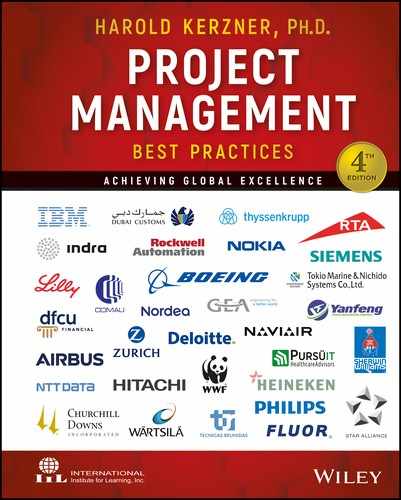Book Description
The comprehensive guide to project management implementation, updated with the latest in the field
Project management has spread beyond the IT world to become a critical part of business in every sphere; built on efficiency, analysis, and codified practice, professional project management leads to the sort of reproducible results and reliable processes that make a business successful. Project Management Best Practices provides implementation guidance for every phase of a project, based on the real-world methodologies from leading companies around the globe. Updated to align with the industry’s latest best practices, this new Fourth Edition includes new discussion on Agile and Scrum, tradeoffs and constraints, Portfolio PMO tools, and much more.
- Get up-to-date information on the latest best practices that add value at every level of an organization
- Gain insight from more than 50 project managers at world-class organizations including Airbus, Heineken, RTA, IBM, Hewlett-Packard, Sony, Cisco, Nokia, and more
- Delve deeper into implementation guidance for Agile, Scrum, and Six Sigma
- Explore more efficient methodologies, training, measurement, and metrics that boost organization-wide performance
- Adopt new approaches to culture and behavioral excellence, including conflict resolution, situational leadership, proactive management, staffing, and more
Ideal for both college and corporate training, this book is accompanied by an Instructor’s Manual and PowerPoint lecture slides that bring project management concepts right into the classroom. As the field continues to grow and evolve, it becomes increasingly important to stay current with new and established practices; this book provides comprehensive guidance on every aspect of project management, with invaluable real-world insight from leaders in the field.
